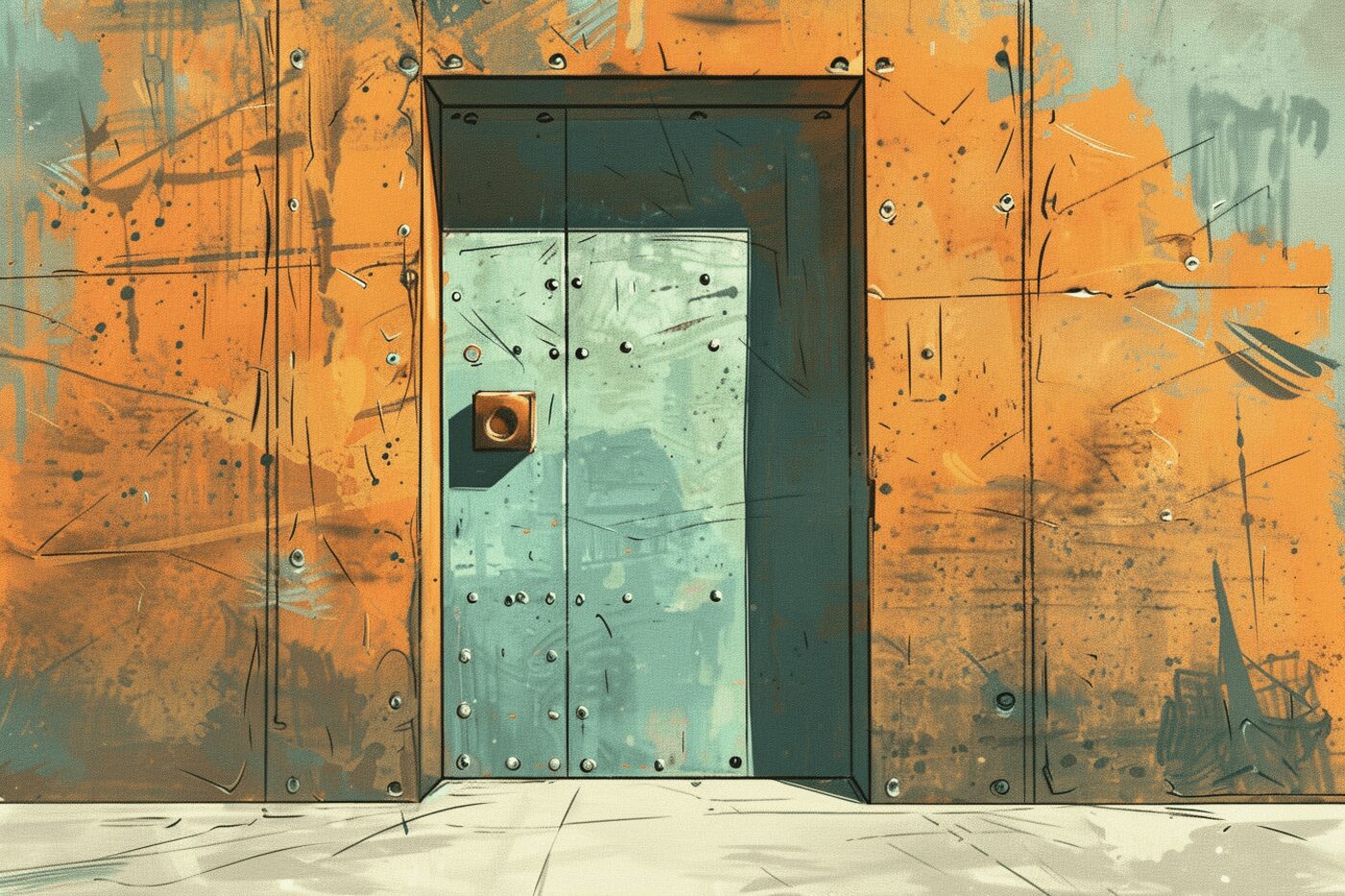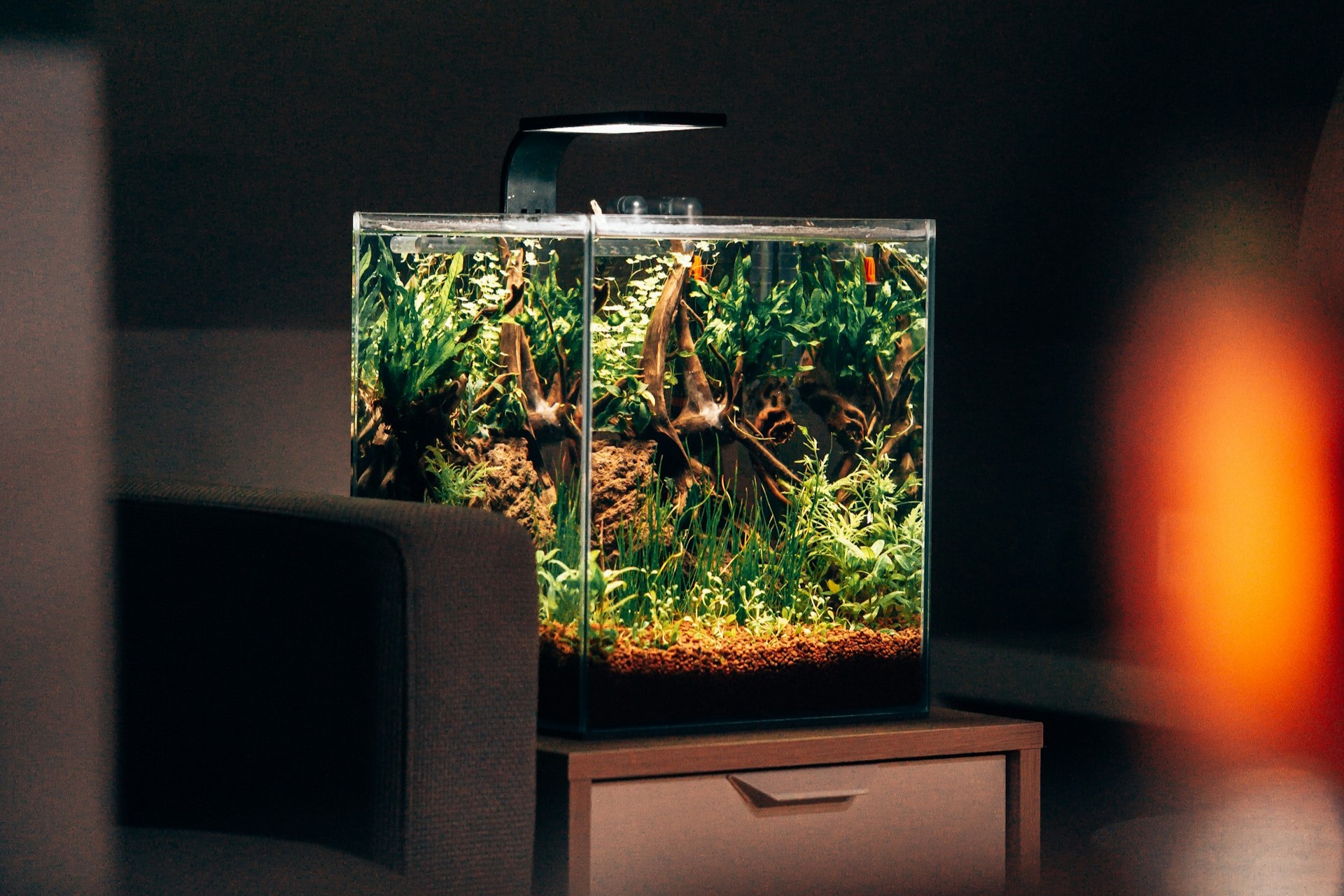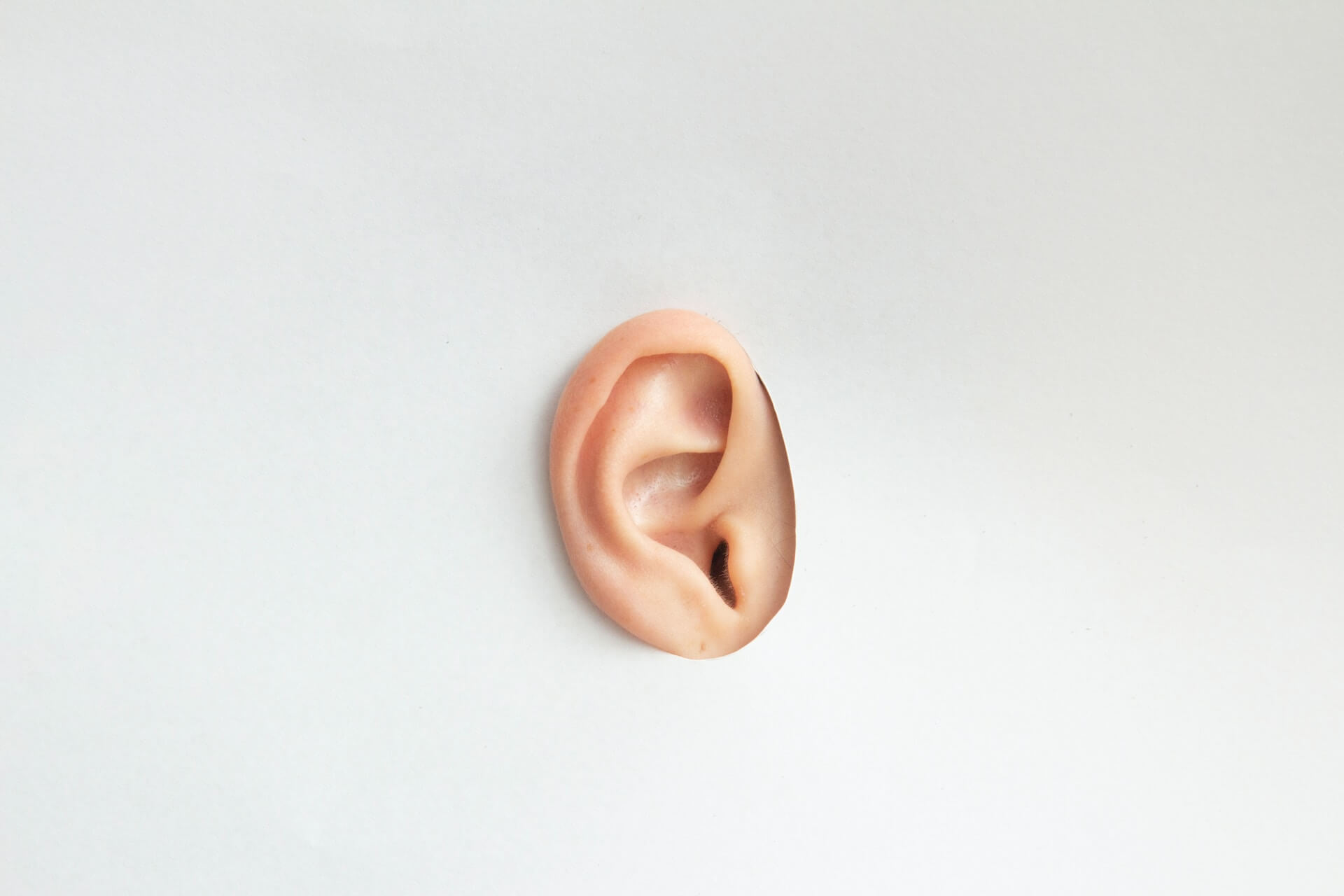
As an Amazon Associate, Modded gets commissions for purchases made through links in this post.
A safe room is a luxury everyone should have. Nobody can ever be too secure, so it’s better to have one and never need it than not have one in an hour of need.
People with a survivalist mindset may feel compelled to build their own safe room. They take pride in self-sufficiency and don’t shy away from getting their hands dirty. Although there’s merit in independence, there’s a time and a place to demonstrate it. Is a DIY safe room construction, conversion or addition a suitable project for do-it-yourselfers?
What Is the Purpose of a Safe Room?
The purpose of a safe room is to give people — and pets — a secure location on a property to ride out an emergency. It’s the ultimate place to wait out a destructive storm, stay in one piece when a tornado strikes, and hide during a home invasion until the authorities arrive and apprehend the intruders.
What Is the Difference Between a Safe Room and a Strong Room?
Safe rooms are for people, whereas strong rooms are for valuables. The former is synonymous with storm shelters and panic rooms. On the other hand, the latter is secure vaults housing critical legal documents, cash, gold, heirlooms and other prized assets designed to survive fires and burglaries.
Residential and commercial properties can have both spaces, but strong rooms are a bank staple. However, a strong room may refer to a safe room outside the United States, like in Australia.

Why Are People Building Safe Rooms?
Safe room construction is gaining steam due to the perceived increase in crime. Historically, American homes were 78% safer from burglary in 2022 than in 1990 — from 1,235.9 to 269.8 cases per 100,000 people. Still, the demand for safe rooms in affluent neighborhoods is surging.
Whatever crime data says, building a safe room is worth it. Some locations are inherently less prone to physical threats due to geography and population density, but disaster can strike without warning. A safe room is insurance — a lifeline to security, offsetting dangers when they arise.
Can Anyone Build Their Own Safe Room?
Some states permit homeowners to serve as contractors for construction projects and build their own houses. For this reason, anyone living in such a jurisdiction may apply for an owner-builder exemption and lawfully develop their own safe room without a license.
However, just because anyone can doesn’t mean they should. General contracting is a skill acquired through years of construction experience and continuous learning. The authorities require general contractors to secure a license to ply their trade for a reason. Not using a credentialed professional to oversee a safe room construction, conversion or addition project is risky.
Storm shelters and panic rooms differ from treehouses. Safe rooms have special functions, so they logically require specialized construction skills. Seasoned homebuilders without prior experience in designing and constructing such spaces are unfit for these projects.
Even FEMA recommends the services of a licensed design professional. The federal agency federal agency doesn’t consider its safe room design plans as a substitute for those of qualified construction experts.
What Are the Dangers of DIY Safe Room Projects?
DIY safe room construction projects can be counterproductive. The risks they present may defeat the purpose of building secure shelters. DIYers are prone to making these seven errors.
1. Violating Building Codes
City ordinances define building permit requirements, so they vary from municipality to municipality. Still, construction projects usually require a permit. The relevant municipal office wants to ensure everything is up to code when the job involves building a new structure or making structural, electrical or mechanical changes to an existing one.
A DIY safe room builder may have to draw up and present the design plan to the municipal authorities to ensure the project complies with local codes and ordinances. The approval process can take weeks to complete. In addition, the municipality may charge a fee of 1% of the construction cost to issue a permit.
Some DIYers dislike the bureaucracy and decide to skirt the rules, taking the risk of committing code violations. The authorities can halt the construction of unpermitted work and slap homeowners with a fine. The municipality may order a noncompliant safe room’s demolition if a qualified contractor doesn’t address the infractions and complete the project.
If a do-it-yourselfer does pull a permit, the chances of violating the local building code remain high. One significant mistake can be expensive, so the risks of taking this route outweigh the rewards.
2. Choosing the Wrong Location
FEMA considers below-ground safe rooms to be just as reliable as above-ground ones. This statement is good news to DIYers considering converting their basements.
However, safe room construction experts believe underground storm shelters and panic rooms are a terrible idea. The basement is an undesirable at-home fortress because it’s dim and depressing, especially when it’s windowless. It may disrupt phone signals and cause more anxiety than comfort during a crisis.

3. Undervaluing Comfort
Many DIY safe room builders focus only on function and disregard form. Comfort is paramount because there’s no telling when occupants must use the space.
A storm shelter or panic room is safer than the rest of the house during an emergency. Still, it can feel claustrophobic and stifling when designed like a cage. Outfitting it with critical amenities — such as bunk beds, independently powered communication systems and infrared surveillance cameras — is necessary to help ease the negative emotions its occupants may experience instead of compounding them.
4. Leaving Unsafe Entry Points
Do-it-yourselfers trying to cut costs may resort to reinforcing existing doors with manipulable materials. Countless DIY tutorials prove it can be done, and therein lies the problem. Entrance reinforcement that can be set up by anyone can be just as easily dismantled by someone else. An impregnable safe room must have a steel-framed security door installed with expertise. It also needs extra reinforcement to ensure impenetrability during a home invasion.
Regular windows can shatter in the face of a violent hurricane. Store-bought ones can’t bear the brunt of menacing weather, endangering safe room occupants when they break. Custom security windows are the way to go. These units meet the stringent certification requirements in hurricane-prone areas to withstand up to 110 mph wind speeds and impact. Their installers are adept at strengthening wall openings to support their considerable weight.
5. Reinforcing Walls Inadequately
Bulletproofing may be low on the agenda of DIYers whose properties have solid walls. Although concrete, brick and stucco can stop bullets, being complacent can have dire consequences.
Applying a sprayable and plasterable reinforcement material is worthwhile. It can boost a safe room’s resistance to high-velocity projectiles without looking tacky. Such a product can also be money-saving because it saves the existing walls.
6. Passing up Biometrics
Advanced locking systems can provide peace of mind, but sophisticated burglars can still jimmy them with the right tools. Adding another layer of security in the form of biometrics can prevent unauthorized panic room access. This technology still needs improvement, but biometric devices now have a 97.25% accuracy in scanning ears.
Biometric equipment installation is generally beyond the capabilities of do-it-yourselfers. It can complicate the safe room project but is worth the extra expense and time.
Are You Ready to Get Started?
Building a safe room from scratch can be fulfilling. Still, not opting for professional construction services is unnecessary risk-taking. A project meant to provide refuge in a life-and-death situation leaves no room for venturesomeness, so take advantage of all help available to avoid regret.
Stay up to date with the latest by subscribing to Modded Minute.
Author
Jack Shaw is a senior writer at Modded. Jack is an avid enthusiast for keeping up with personal health and enjoying nature. He has over five years of experience writing in the men's lifestyle niche, and has written extensively on topics of fitness, exploring the outdoors and men's interests. His writings have been featured in SportsEd TV, Love Inc., and Offroad Xtreme among many more publications.






